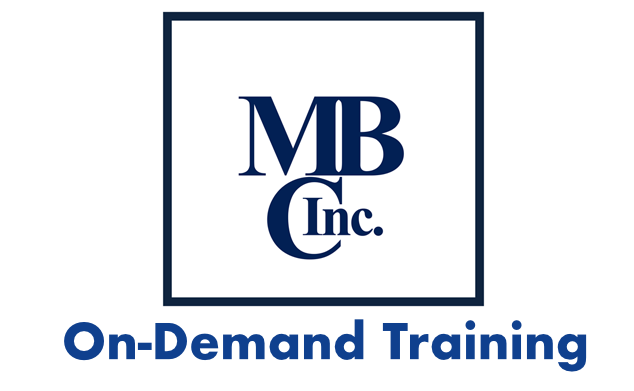MBC, Inc. Newsletter Topics on “Leadership”
As Inspired by “The Leadership Secrets of Colin Powell”
By – *Oren Harari
Embrace the Battle!
In General Powell’s Terms “Close With the Enemy”
- What is the leader’s responsibility when it comes to the identification of direction, mission, goal, method, etc?
- How many leaders in today’s business see themselves as “involved” in the identification and the implementation of the mission?
- How many leaders see the implementation of their ideas as the work of others?
These questions are central to the concept of “Embrace the Battle”. The leader must be involved in every aspect of improvement, goal setting, and identification of direction and of the mission. In this edition we are going to examine the level to which a committed leader is involved in the full identification, definition, strategy, implementation and follow-through of any project, mission, program etc. If the leader, after discussion with superiors, peers and subordinates decides that a certain program needs to be implemented to bring progress and prosperity to the company.
What are the steps to be taken?
What does the effective leader do?
Lots of questions now let’s look for some answers and see what General Powell means by this attribute of leadership. Keeping in mind that the bigger the project the bigger the commitment and the bigger the benefit. General Powell believes “there is no need to articulate or define a mission if you are not committed to laying out the plan, pursue the mission and fight the battle with complete commitment.” Let us take this attribute from the direction of a specific project. For our example the leader has decided that there is benefit to the organization of implementing a comprehensive “Cost-of-Quality” program. What must the leader do? Let’s look at the original opening questions in this article and address them in the context of “Embrace the Battle”.
When I say “Embrace the Battle”, I am talking about business decisions. The implementation of business decisions is often a battle. Why? Because the implementation represents change, and organizations don’t take to change easily.
The leader in this case has to understand the business decision. Often leaders only have “out-line” knowledge of business decisions and they expect the subordinates to have the intimate knowledge and implement the plans. This is one of the primary reasons so many new programs fail. Lack of leadership understanding, knowledge, involvement, and commitment are major contributors to failure. If the leader doesn’t understand the impact of the decision, how can they provide the proper leadership to implement the decision?
Not only does the leader need to understand the details of the decision they also need knowledge of the scope of the implementation activity. To understand the scope of their directive they need knowledge of the project goals and methods. In our example of implementing a “Cost-of-Quality” program what are the goals? A complex question, yes. There are often interim goals in an implementation project and final goals for the business process being implemented. Implementation goals may be items such as; training of key people in the Cost-of-Quality tools. Once the training is complete there is the initial data collection by area or department, analysis of the data and forming an action plan for the next steps. When the process is in place the goals or objectives will change. Now each area or department will be tracking such items as; number of projects in progress, number of projects completed, cost and/or waste identification, cost reduction totals, etc. To accomplish this last part of the first question we must address ‘method’. How are the subordinates to accomplish this work or activity? After all they still have their original jobs to maintain. Here the leader must be involved in the review of progress to the interim goals or objectives.
The second question takes us to the involvement of the leader not only in the implementation of the project (Cost-of-Quality) but in the details of establishing goals and objectives, identification of resources, review of progress and road blocks, approval of long term plans, approval of training and the transition to a steady-state condition as this program becomes integrated as part of the day-to-day operations of the organization.
Lastly the question is about the work of others to implement the ideas of the leaders. Yes, it is usually the work of other resources within the jurisdiction of the leader that will actually do much of the work of implementing the identified project. However, it is the job of the leader to stay close to the status of the project. Failure is especially likely in the early stages of the project. Without the attention of the leader the resources may believe the project is unimportant and will not give the proper level of attention to the work at hand. The result is the project suffers and perhaps dies without the direct oversight of those in leadership positions.
Summary;
The message from General Powell and Oren Harari is consistent. “State the mission in a way that is simple, clear, and understandable, and that is linked to the resources and tactics that are available to your organization. Then go after your goal with everything you’ve got.”
There are three books that I recommend to everyone that is interested in understanding the principles of leadership.
The Leadership Secrets of Colin Powell by *Oren Harari
- The Powel Principles by *Oren Harari
- It Worked For Me – In Life and Leadership by “Colin Powell”
Please talk with your peers and see if they would benefit from this series. If you think they may, please send them to the web site www.mbcincorp.com they may download the free white paper and be automatically signed up to receive all future leadership articles and quality tips.
Thanks to All
Bill Martin – President
MBC, Inc.

